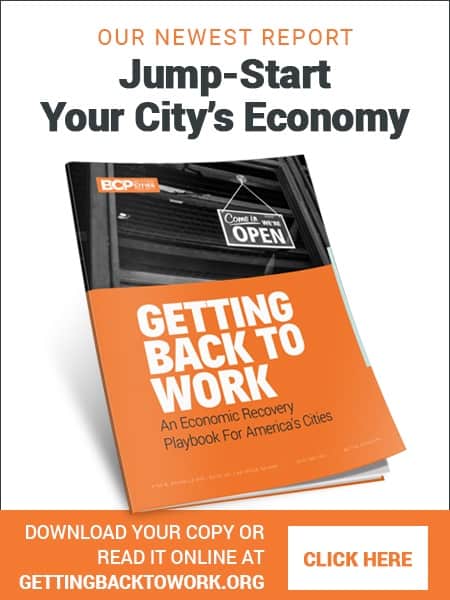It’s a practical, low-cost way to streamline development, reduce costs for builders and homebuyers, and make it easier to get more housing on the ground faster.
What Are Pre-Approved Housing Plans?
Think of pre-approved housing plans as an express lane for construction. These are home designs that have already been reviewed and approved by city planning and permitting departments. They meet local zoning, safety, and building code requirements, which means builders can skip months of red tape and go straight to pulling permits and breaking ground.
By removing the need for case-by-case plan reviews, cities can drastically cut down approval times—sometimes from months to just days.
How Cities Are Using Pre-Approved Plans
More cities are adopting pre-approved plans to fast-track development, particularly for smaller homes, infill projects, and accessory dwelling units (ADUs). The logic is simple:
- Reduce Approval Delays – Standardized plans eliminate the need for lengthy back-and-forths with city staff.
- Lower Costs – Architects and engineers are expensive. If cities provide a catalog of pre-approved designs, builders and homeowners don’t have to pay for custom plans.
- Encourage More Housing Construction – When developers can move faster and cheaper, they’re more likely to build, increasing supply and helping ease housing shortages.
- Promote Smart, Attractive Development – Cities can ensure new homes fit local design aesthetics and blend well with existing neighborhoods.
In Ecorse, Michigan, the city launched a pre-approved plan program offering four different ranch-style home designs. These homes are fully electric, slab-on-grade (no basement), and designed to be affordable. It’s a simple way to revitalize vacant lots without forcing every homeowner to navigate a bureaucratic maze.
Kalamazoo, Michigan, has taken a similar approach, using pre-approved plans to encourage infill housing on empty parcels. Instead of waiting months for approvals, developers can get to work immediately, creating more homes in areas that desperately need them.
The Benefits Are Obvious—So Why Aren’t More Cities Doing This?
Pre-approved housing plans aren’t a silver bullet, but they solve a lot of common problems in urban development. They cut costs, speed up timelines, and make it easier for smaller developers—who don’t have the resources of major homebuilders—to participate in the market.
Yet, despite the clear advantages, most cities still operate as if every single house plan needs to be scrutinized from scratch. Some worry that pre-approved designs limit architectural creativity or that they won’t be flexible enough to accommodate different site conditions. But these concerns can be addressed by offering a variety of designs and allowing for minor modifications.
A Commonsense Housing Solution
Housing affordability isn’t going to fix itself. If cities are serious about tackling the housing crisis, they need to rethink outdated policies that slow development and drive up costs.
Pre-approved housing plans won’t solve everything, but they’re a straightforward, proven way to make homebuilding faster and cheaper. It’s a solution more cities should embrace.









